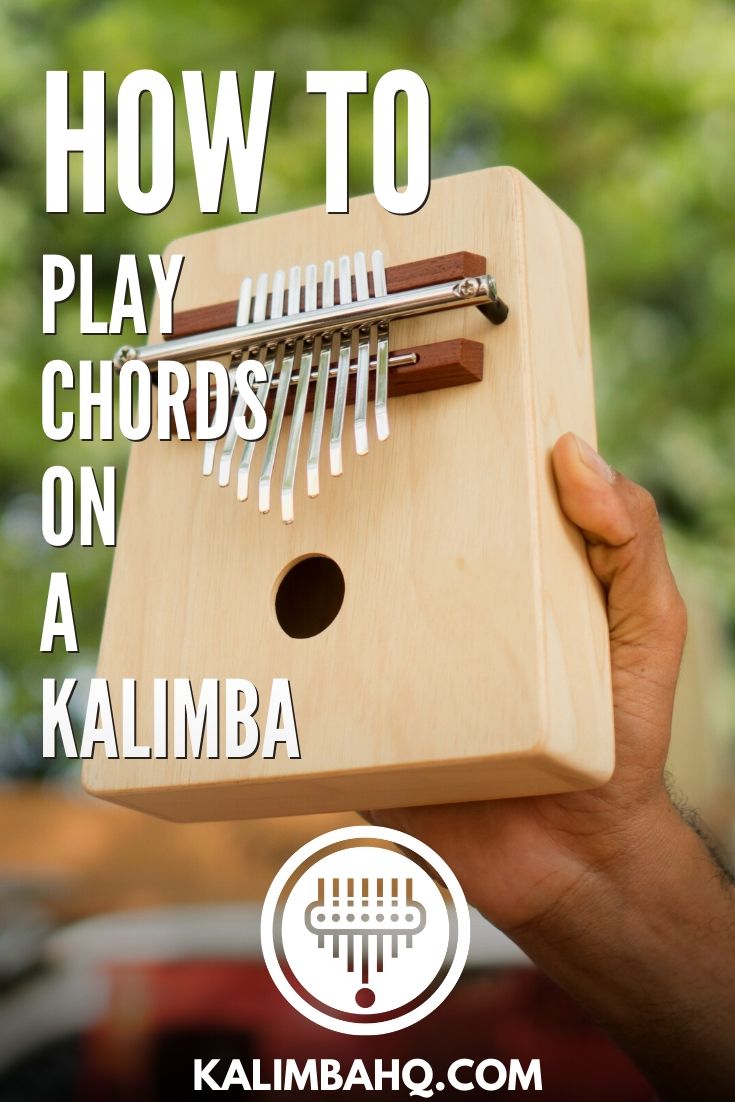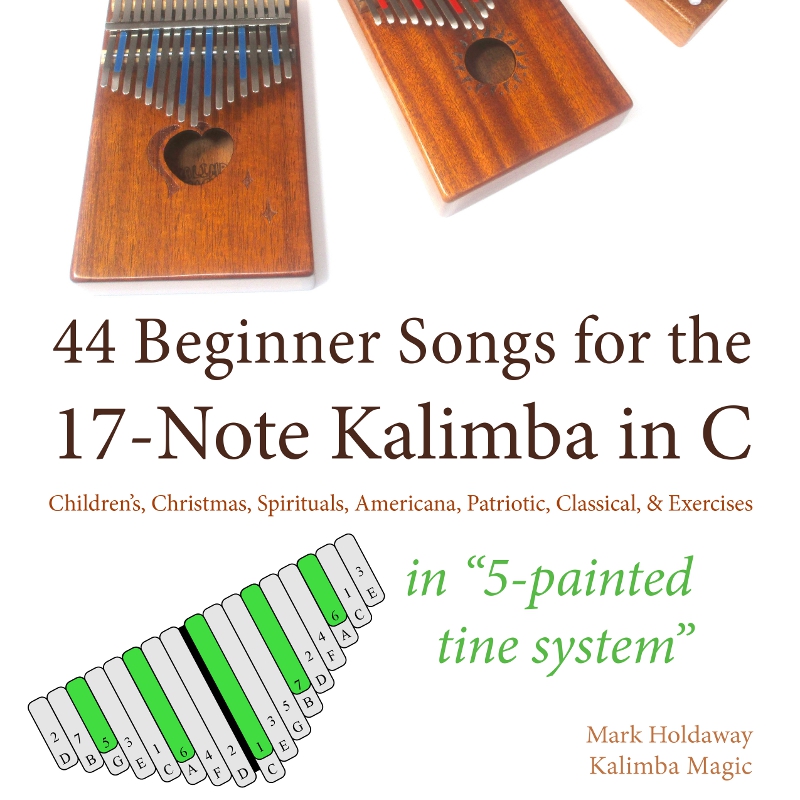

Oh, and that “retuning” that Florence mentioned? It is only required in this Christmas collection.
Kalimba music for beginners download#
The “Easy Christmas” download has enough simple material to make it a fine place for the beginner to start.

Once it’s retuned, a whole world of new songs opens up to this kalimba. Most songs, like this one, require the B to be tuned down to Bb (B flat). Less than a third of this book is for the standard C major tuning of the 10-Note kalimba. Get the Download “We Wish You a Merry Christmas”, from “Easy Christmas Carols” (I eventually get bored with repeating the exact same pattern.) Improvising can be very enticing, and while wild improvisation can be great fun, a greater path is to learn to improvise with the structure of songs. You can hear the music seem to drift (that’s me improvising) as I repeat the cycles. This music is cyclical – meaning it goes around and around. It is pretty remarkable to fit an mbira song on the 10-Note kalimba. It has the same range as the 8-Note or 9-Note Student Karimba, which is modeled on what Andrew Tracey hypothesizes to be the “original (ancient) mbira.” This song is a simplified version of the mbira song “Kuzanga.” The modern mbira is an instrument with 21-25 tines. There is actually quite a lot of African music that you can play on the 10-Note kalimba. Get the Download “Kuzanga” from “African Music on the 10-Note Kalimba” This download will get you ready for the Christmas Carols or African Music downloads. This download explores kalimba technique, how the instrument plays harmonies, how geometrical patterns painted across the tines can make beautiful music. Get the Download A geometrical pattern from “Everything you need to know about 10-Note Kalimba”


This, simply and visually, is basically how tablature works.
Kalimba music for beginners how to#
In this lesson, the song is first presented in a numbers-based form, and then we see how to lay those notes out on the kalimba. The “Fun and Games” book introduces the concept of kalimba tablature gradually. “Shortnin’ Bread” from “Fun and Games on 10-Note Kalimba” After you have learned a song on the central 10 tines, you can take the blinders off and play just on those lower 10 tines. And later you can add a few higher notes when you feel capable of it.) This makes it much easier to learn to play both visually and by feel. (A good way to make your 17-Note simpler is to just do the obvious: hide the upper 7 tines from yourself by masking them – cover them up with sticky notes cut to size (kind of like “blinders” worn by draft horses). And the four lessons below will work equally well with the 10 inner tines (the 10 lower notes) of the 17-Note kalimba. There is wisdom and fun and satisfaction in starting on an easy instrument, with easy material. So to be sure, there is great benefit in going up to the 17-Note kalimba… when you are ready. The carol “O Holy Night” is one of my favorites too, but to be honest, that particular song really needs more than 10 notes to do it justice. If you get overwhelmed by 17 notes, consider cutting back to the 10 notes for a few months or more. While that might be the way aspiration works, it is not really the way most people actually learn. People often seem to go for the biggest and the best. “I initially bought a 17 note kalimba…which proved to be too much for me…so I got a 10 note kalimba in C tuning and your wonderful book of Christmas music for the 10 note kalimba…I was kind of scared to change the tuning from C to F…I also play ukulele and used my snark tuner to tune the kalimba…I didn’t expect it to work…but it did…also learning on the 10 note is really helping me get better…thank you for the great Christmas music…just wish it had “O Holy Night” in there…thanks again especially for making this fun to learn!” To try to woo you toward the 10-Note kalimba, I am sharing a lesson from each of my four instructional downloads: “Fun and Games on the 10-Note Kalimba,” “Everything You Need to Know to Play the 10-Note Kalimba,” “African Music on the 10-Note Kalimba,” and “Easy Christmas Carols on the 10-Note Kalimba.” But I also think there are a lot of adults who get a 17-Note kalimba and then get frustrated with it, because it is more complicated than they are ready for. I think it is one of the best choices you can make for most kids ages 8-14. I am really taken with the 10-Note kalimba. Do you have your 10-Note Heart Kalimba Yet?


 0 kommentar(er)
0 kommentar(er)
